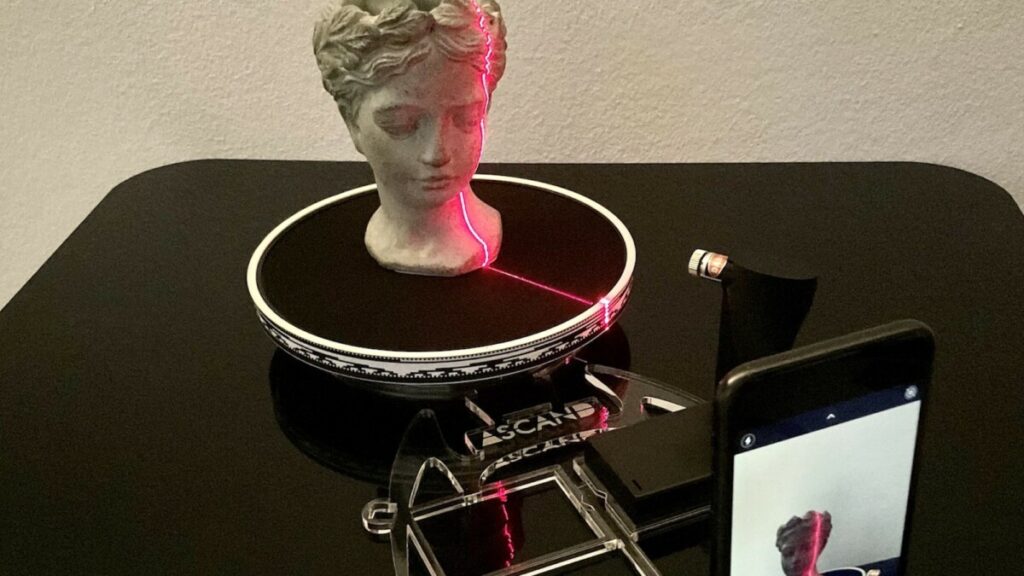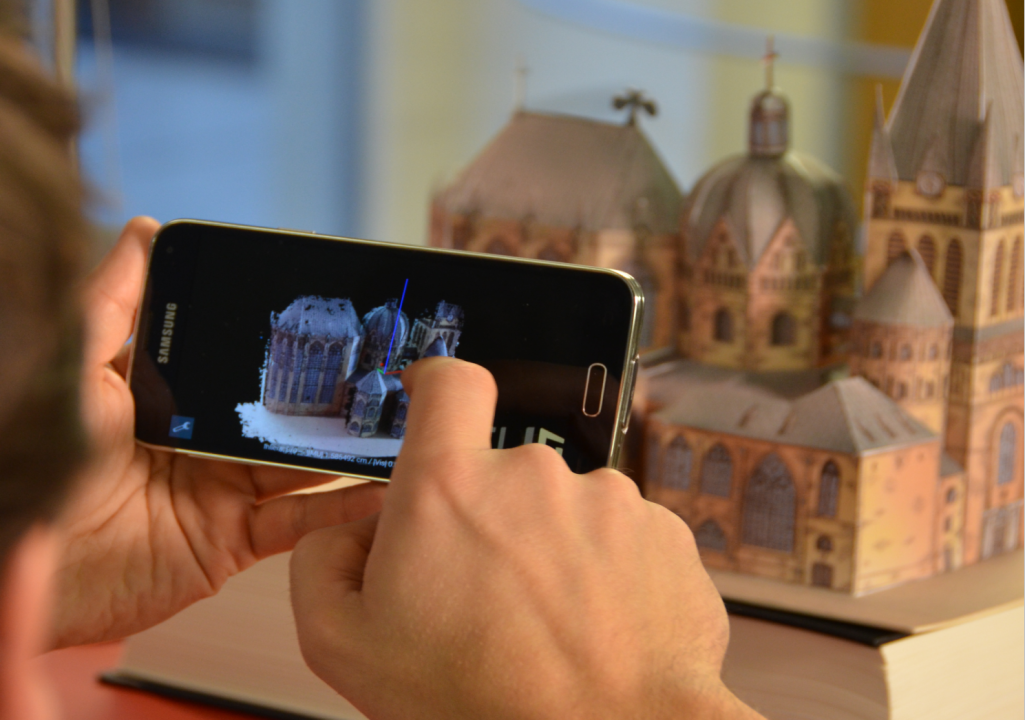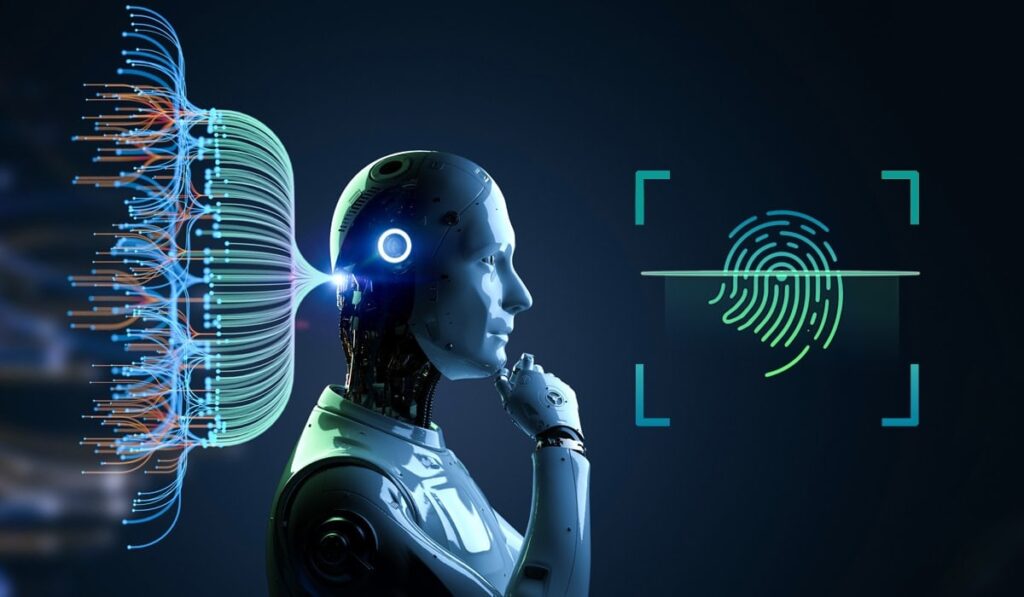Table of Contents
Introduction
3D scanning has undergone tremendous changes over the past decades, evolving from an expensive and complex process to an affordable feature of modern smartphones. Especially with the intervention of artificial intelligence (AI), the quality of 3D images and the speed of their creation have improved significantly. AI plays a key role in optimizing this process, transforming the digital world into a more realistic and accessible dimension.
Historical Context
The journey of 3D scanning started decades ago in research labs requiring specialized equipment. With the rise of mobile technology and the integration of AI, 3D scanning on smartphones has become more progressive, efficient, and user-friendly.

3D Scanning Technology on a Smartphone with AI
Thanks to the sensors and cameras on modern smartphones, capturing three-dimensional data has never been easier. AI algorithms, enriched with machine learning, process this data to generate accurate and detailed 3D images, paving the way for innovations such as AR (augmented reality) to be used in daily life.
Benefits of Using AI in Smartphone 3D Scanning
The intervention of artificial intelligence in 3D scanning has led to a significant rise in accuracy, minimizing distortions and errors. Not only has the scanning process become faster, but the inherent capability of AI to learn continuously ensures that the quality of 3D images keeps improving over time.

Practical Applications and Use Cases
The potential of AI-powered 3D scanning spans across various domains – from augmented reality experiences in tourism to designing prototypes, medical imaging, and educational aids. These applications, backed by AI’s precision, are revolutionizing industries and how we perceive the world around us.
The Future of AI and 3D Scanning on a Smartphone
As technology progresses, the integration of AI in 3D scanning on smartphones is anticipated to bring forth even more precise algorithms and more immersive augmented and virtual reality experiences. Collaborations with technologies like 5G, cloud computing, and quantum computing will redefine the limits of what smartphones can achieve.

Conclusion
The powerful synergy of AI and 3D scanning is shaping the future of smartphones. As the boundaries between the digital and real worlds blur, this combined technology promises to continually amaze and inspire users in countless ways.
Have experience in writing for big hi-tech magazines. I love new technologies and I always want to be on the cutting edge. That’s why I write about them – to share my experience with other people who are interested in this stuff like me.
